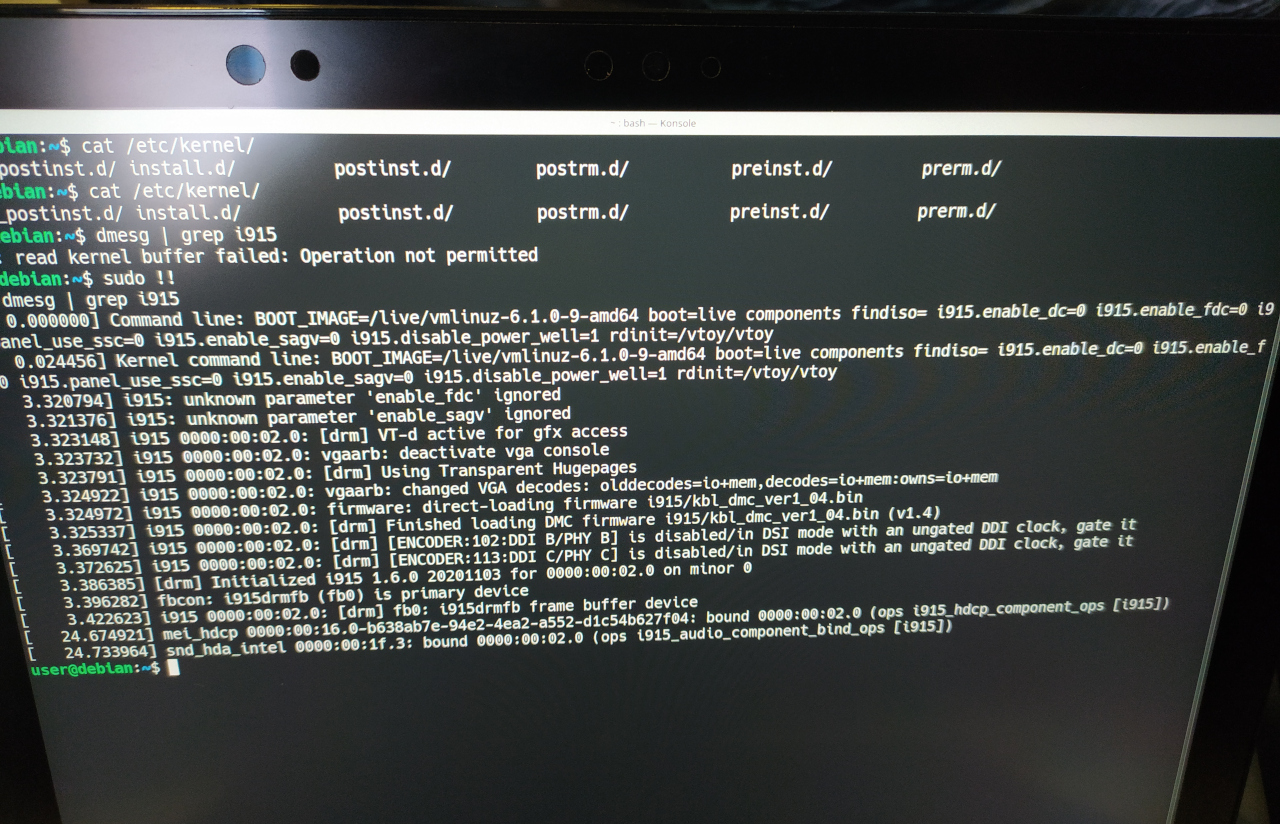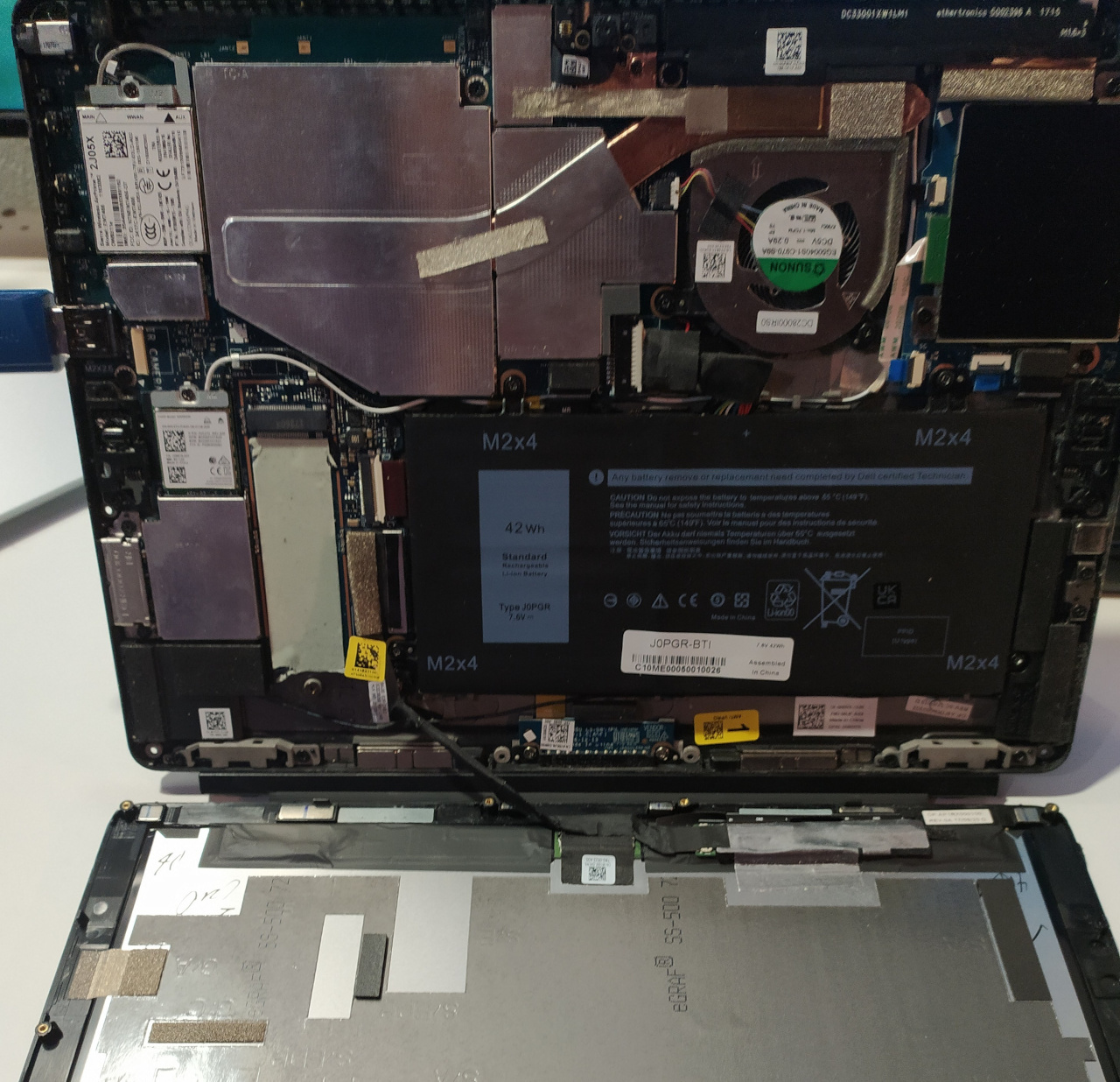mergerfs combines all those drives/mounts/etc into one. so if you have e.g. "Movies" folders on two drives, the new one has one "Movies" folder with the combined contents of those two drives. when writing to this array, the files are stored where there's (more) space. so searching stuff recursively is simple.
needless to say, there is no redundancy so if a drive dies, its conent is gone from the array.


there are no good linux tablets, for any price; by "good" I mean it works as good as an Android or iOS tablet. everything is from not-as-good to way worse and there are things that are downright unusable.
whichever platform you choose (Gnome, Plasma or any of the derivatives like Phosh, Plasma Mobile, etc.) the experience beyond the first 15 minutes (hey, this actually works!) is pretty bad. it's certainly not usable as a main device that you depend on and use for actual work; as a dicking-around kinda project, sure, have at it.
before you spend that kind of money, my recommendation is to get an older Surface Pro or Dell Latitude 2-in-1 in the $150-200 range and see if that functionality is something you can live with. those can be had with up to 16 GB on-board and the SSDs are replaceable (Dells are more serviceable). kernel support is spotty, not all of the features work for all devices, mainly cameras and such; consult the linux-surface github.
edit: just saw this comment, my experiences are similar. the rest of the comments where people think what a device might work like you should disregard.